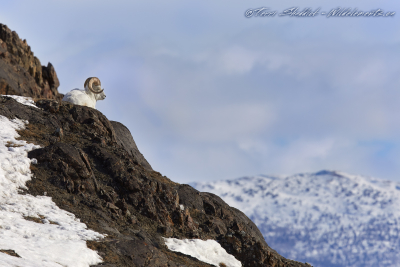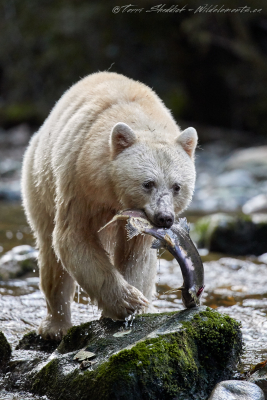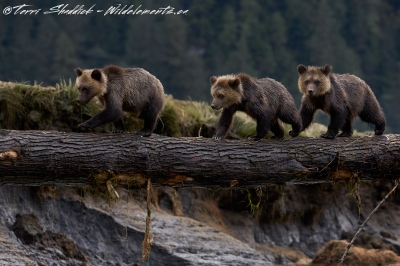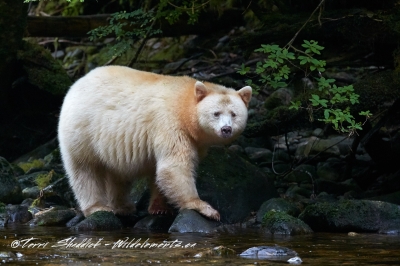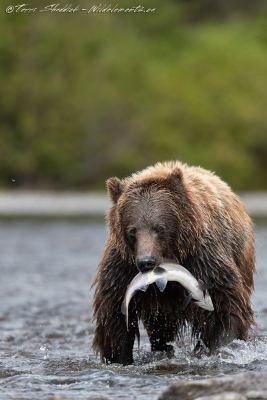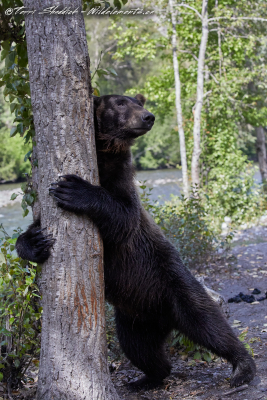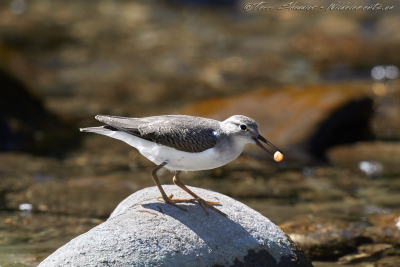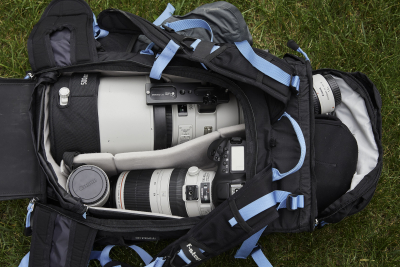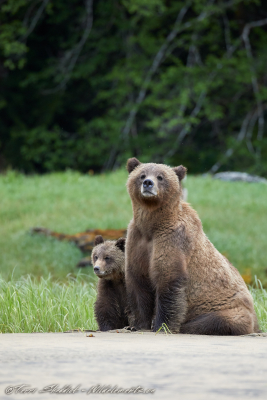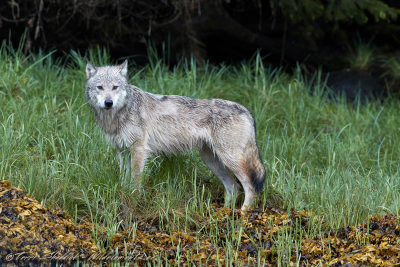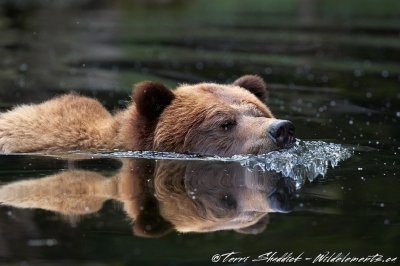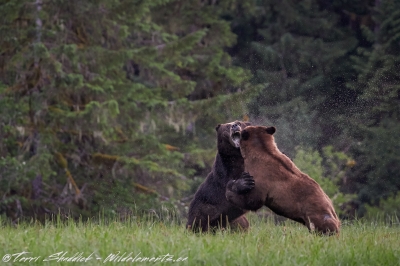With 2017 coming to an end it gives me the chance to review my photos and reflect on some of the unique opportunities and images that I was able to enjoy in 2017.
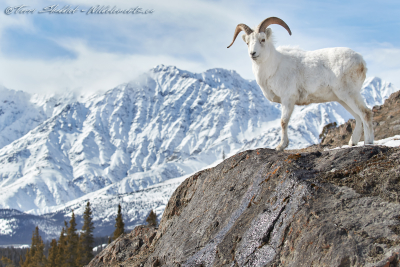
Rock Climber
My year started off with a trip to the Yukon to check out Dall Sheep that are native to the Northwestern Part of North America, and therefore not something that I have the opportunity to photograph on a regular basis. While I only had time to spend two days traversing the mountain range, I actually was able to come away with a few great photos of these unique creatures.
I had the opportunity to capture both close-up photos of the Dall Sheep and also some animalscape images taking in the beautiful mountain ranges that we were surrounded by. My favourite image of the trip Rock Climber, was a lucky shot as I happened to turn around in time to see this Dall Sheep approaching us from behind, and it stopped right on the edge of the rocks, perfectly posed with the mountains behind him.
I also had a few other favourite images from the trip, the other images from this trip can be viewed in my Mammals Gallery.
I followed my trip to the Yukon with my Khutzeymateen trip in June 2017. For those that don’t know, the Khutzeymateen is a Grizzly Bear Sanctuary located off
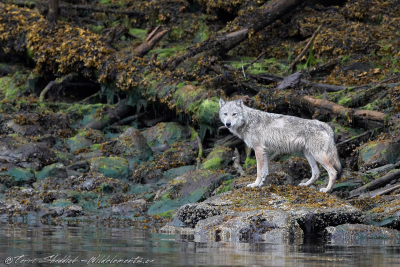
Coastal
the Northern Coast of British Columbia. It is closed to public visitors, making the images that one captures on this trip very unique. Of course the main draw to the Khutzeymateen is Grizzly Bears, and they were out in large numbers during our 2017 trips, where we saw somewhere in excess of 20 different Grizzly Bears on both the 4 and 3 day trips that I was on. We were also lucky to spend time on both trips with a Coastal Grey Wolf.
In addition to the Grizzly Bears, I also had a couple of firsts in the Khutzeymateen, including seeing a couple of Black Bears, which is unique as the large number of of Grizzly Bears usually keeps the Black Bears away. We also saw my first-ever Mink, which were roaming the shoreline, and we also saw a porcupine. So while the main draw is the Grizzly Bears, this remote location can be full of surprises, and this year was sure a lot of fun.
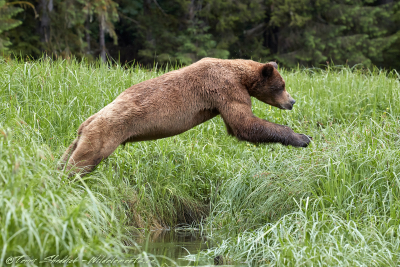
Leap of Faith
I have many favourite images from the Khutzeymateen this year, so I couldn’t keep it to just one. My favourite Coastal Wolf shot is one I titled “Coastal”. It just really depicts what a Coastal Wolf along a really stereotypical coastal background. I really liked the color of this wolf, with it having a lot more white than some of the other wolves I have seen along the BC Coast. We didn’t walk away with any shortage of shots after this trip.
I have many Grizzly Bear images from the Khutzeymateen that I am happy with, including a number of images with mothers and cubs, or just the cubs. But I think my favourite of the trip is probably Leap of Faith, mostly because it is just such a unique shot, and one that none of us expected. Watching this Grizzly Bear as it approached the little channel of water is that he would go into it and walk through it. Much to our surprise, he decided to make a Leap of Faith and jump and clear the water.
More images from my trips to the Khutzeymateen can been found in my Khutzeymateen Gallery and if you are interested in joining us on a trip in the future, visit my Photo Tours page.
In the summer I visited Northern BC where we had to take a helicopter into a remote camp in order to photograph Grizzly Bears feasting on salmon in the rivers.
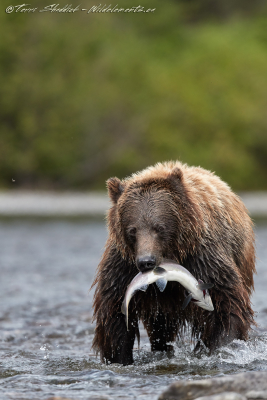
Look What I Caught
This year we were really lucky to get the opportunity to photograph many different Grizzly Bears catching live fish, as
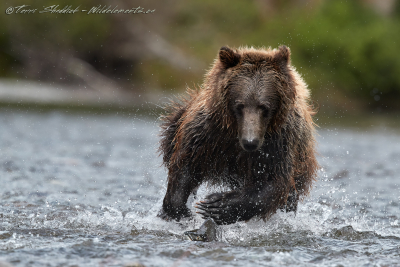
Ready to Pounce
opposed to just picking up carcasses along the edge of the river. My favourite images from this trip were of the same bear, one image where he is ready to pounce at the fish titled “Ready to Pounce”, and the other is him showing off the fish he caught titled “Look What I Caught”. We watched this Grizzly Bear everyday that we were there, and he would entertain us for hours with his fishing, splashing around, and very slowing devouring every part of the fish.
In the fall I visited the Great Bear Rainforest for the fourth year, and as always, we had the opportunity to photograph a
diverse array of wildlife that calls the Great Bear Rainforest home, including Grizzly Bears, Black Bears, Spirit Bears,
Humpback Whales and even Killer Whales. While I’m still working my way through the images from the trip, one of my favourite so far is Under Cover, because not only does it have one of the rarest animals in Canada, but also because of how
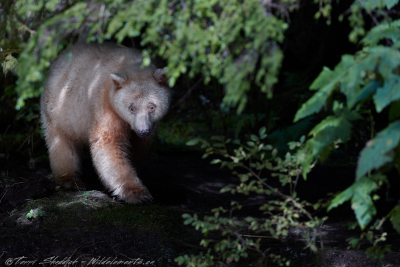
Under Cover
she peeked out from under the dense cover of the Great Bear Rainforest at us.
To see other images that I have taken visit my Great Bear Rainforest photo gallery. If you are interested in joining us on a future trip, find out more on my Photo Tours page.
In 2017 I had the opportunity to capture many great images, and I am looking forward to what 2018 has to offer. Also with the start of 2018, we will be soon releasing our tour dates for 2019, contact me if you are interested in more information [email protected].





